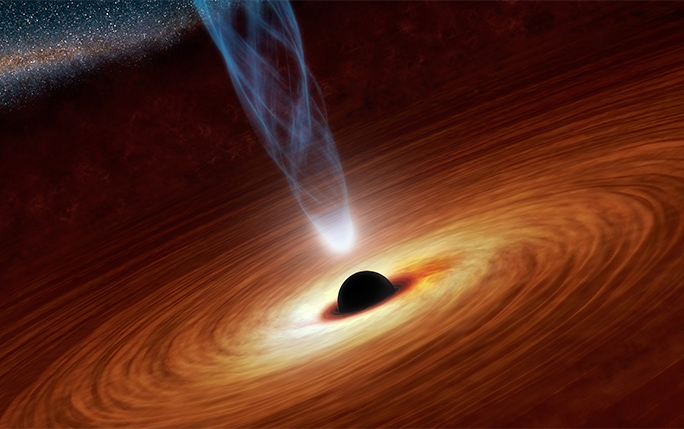Upcoming Seminar - Analysis of gravitational waveforms to better understand black holes

The LIV.DAT Virtual Seminars cover R&D outside of our centre’s core research areas and give an insight into cutting edge research in this area. The seminars are open to students, staff and anyone else who is interested. Participation is free, but you need to register via this link in order to attend this and other webinars in the series.
We continue our LIV.DAT Virtual Seminar Series on Tuesday 23 March at 15:00.
This time, Professor Stephen Fairhurst from Cardiff University will give a talk on the analysis of gravitational waveforms to better understand black holes. Gravitational waves are produced when an extreme cosmic event occurs somewhere in the universe and, like dropping a rock in a pond, these events ripple across the cosmos, bending and stretching the fabric of space-time itself. Since gravitational waves were first detected in 2015, from the merger of two black holes more than a billion light years distant, astronomers have witnessed a slew of signals from different cosmic collisions. Together these events have opened an entirely new window on the universe that offers a unique and powerful probe of the most extreme cosmic phenomena. This talk focuses on the observations of gravitational waves and some of the consequences, as well as covers methods used in the analysis and interpretation.
Biography
Stephen Fairhurst is a Professor in the School of Physics and Astronomy at Cardiff University. He is also director of the Data Intensive CDT (Cardiff, Bristol, Swansea). His research focuses primarily on identifying gravitational wave signals emitted by the coalescence of black holes and neutron stars, and using the observed signals to understand the properties of the systems that we observe. Over the years, he has developed large parts of the search and lead the Cardiff effort to search for binary merger signals in the advanced LIGO data. In late 2015, gravitational waves emitted from merging black holes were observed for the first time. Subsequently, we have observed more than fifty gravitational wave signals from merging black holes and several from colliding neutron stars.
For more information and how to register please follow this link.